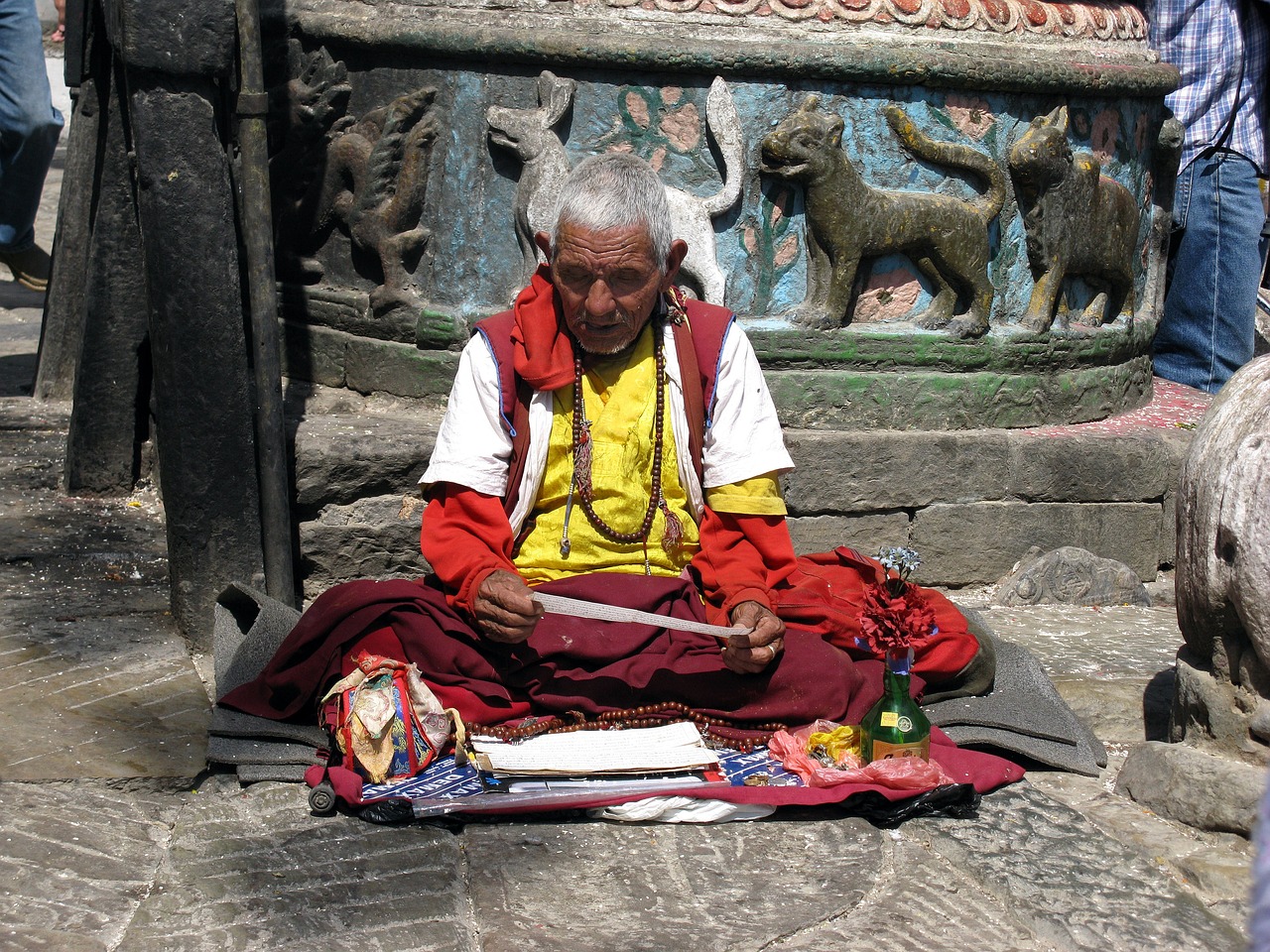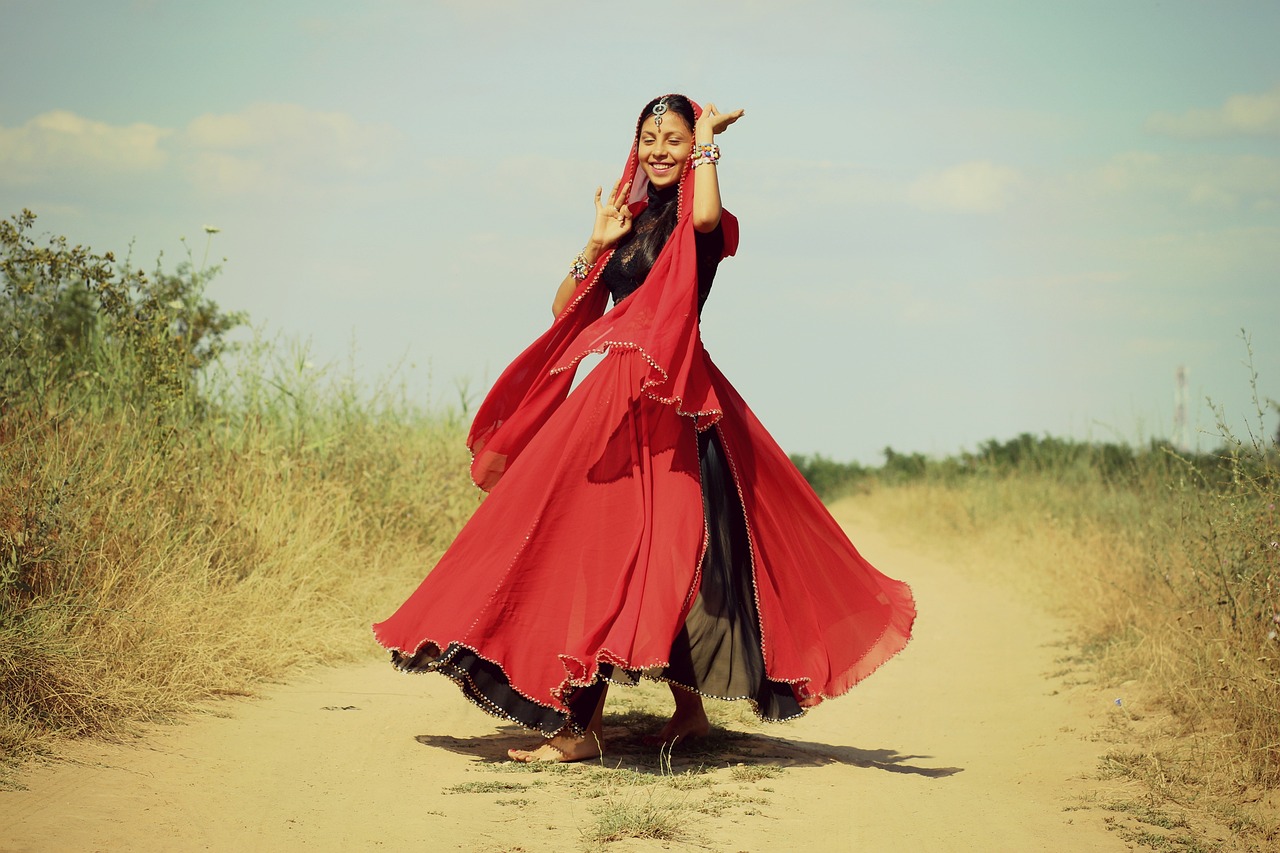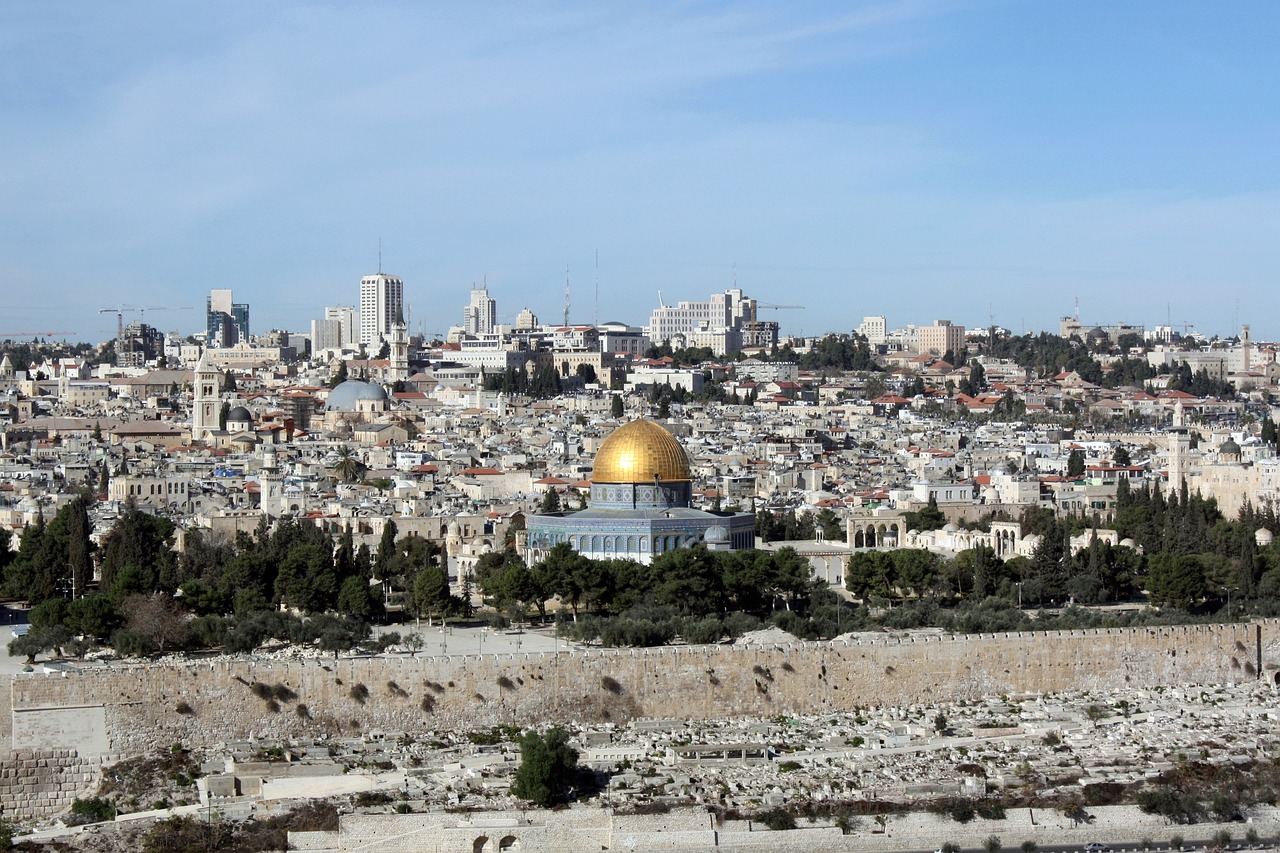The Myths and Legends of Ancient India
India is a land steeped in myths and legends, a place where stories come alive and history intertwines with the fantastical. From the epic tales of the Ramayana and the Mahabharata to the mystical Puranas and the philosophical Vedas, the folklore of ancient India is a treasure trove of wisdom and wonder.
At the heart of Indian mythology lies the Ramayana, an epic narrative of love, loyalty, and righteousness. The story of Prince Rama's quest to rescue his beloved wife Sita from the clutches of the demon king Ravana is a timeless tale of duty and honor, resonating through the ages with its themes of sacrifice and devotion.
Similarly, the Mahabharata stands as a sprawling epic that delves into the complexities of war, duty, and morality. The conflict between the noble Pandavas and the scheming Kauravas culminates in the great battle of Kurukshetra, a cosmic showdown that explores the intricacies of right and wrong, good and evil.
Delving deeper into the ancient texts of India, we encounter the Puranas, a collection of stories that delve into the creation of the universe, the lineage of gods and sages, and the exploits of deities and demons. These tales offer insights into Hindu cosmology and mythology, painting a vivid picture of the divine realms and earthly wonders.
Amidst the sacred texts of Hinduism lie the Vedas, revered as the oldest scriptures that provide glimpses into the religious practices, societal norms, and philosophical musings of ancient India. These hymns and rituals offer a window into a bygone era, showcasing the spiritual fervor and intellectual pursuits of the Vedic sages.
One of the most revered scriptures in Hinduism is the Bhagavad Gita, a profound dialogue between Prince Arjuna and Lord Krishna on the battlefield of Kurukshetra. Addressing themes of duty, morality, and the nature of reality, the Gita serves as a timeless guide for navigating life's challenges with grace and wisdom.
As we journey through the folklore of India, we encounter a rich tapestry of regional variations and cultural practices that reflect the creativity and imagination of Indian storytellers. From enchanting fables of talking animals to heroic sagas of valor and honor, these stories captivate the heart and ignite the imagination.
Exploring the pantheon of deities and demons in Hindu mythology, we uncover a world teeming with gods and goddesses, as well as formidable creatures and malevolent beings. These divine and demonic figures populate the ancient Indian legends, weaving a web of intrigue and mystique that continues to fascinate and inspire.
Finally, as we embark on pilgrimages to the sacred sites of India, we immerse ourselves in a world of myth and legend, where history mingles with spirituality and the mundane transcends into the divine. These holy places hold a special place in the hearts of millions, embodying the essence of India's cultural heritage and religious fervor.

The Ramayana
The Ramayana is a timeless epic that captivates readers with its portrayal of love, loyalty, and righteousness. At the heart of this ancient tale is Prince Rama's quest to rescue his beloved wife Sita from the clutches of the powerful demon king Ravana. The narrative unfolds with a tapestry of emotions, showcasing themes of duty, honor, and sacrifice that resonate across generations.
As the story progresses, we witness Prince Rama's unwavering commitment to his duty as a prince and husband, setting an example of selflessness and devotion. His journey is not just a physical one but a spiritual odyssey that tests his character and principles, ultimately leading to a climactic showdown with the forces of evil.
Through the trials and tribulations faced by Prince Rama, the Ramayana imparts valuable lessons on the importance of staying true to one's values and principles, even in the face of adversity. It serves as a beacon of light, guiding readers through the complexities of life and relationships, offering profound insights into the nature of love and righteousness.
Moreover, the Ramayana is not merely a story but a reflection of the cultural ethos of ancient India, embodying the ideals and beliefs that shaped society at that time. It weaves together intricate layers of mythology, folklore, and spirituality, creating a narrative that resonates with audiences of all ages and backgrounds.
With its rich tapestry of characters, from the noble Prince Rama to the cunning demon king Ravana, the Ramayana presents a vivid portrayal of human nature and the eternal struggle between good and evil. Each character embodies virtues and vices that mirror the complexities of the human experience, inviting readers to introspect and reflect on their own actions and choices.
In essence, the Ramayana stands as a testament to the enduring power of storytelling and the timeless wisdom contained within ancient myths. It continues to inspire and enchant audiences worldwide, serving as a cultural touchstone that transcends boundaries of time and geography.

The Mahabharata
The Mahabharata is a monumental epic that stands as a cornerstone of Indian mythology and literature. Spanning over 100,000 verses, this ancient text delves deep into the intricate complexities of human nature, duty, and morality. At its core, the Mahabharata narrates the epic battle between the Pandavas and Kauravas, two branches of the Kuru dynasty, as they vie for power and righteousness.
One of the most renowned sections of the Mahabharata is the Bhagavad Gita, a sacred dialogue between Prince Arjuna and Lord Krishna that takes place on the battlefield of Kurukshetra. This philosophical conversation delves into profound questions about life, duty, and the nature of reality, offering timeless wisdom and guidance for spiritual seekers.
Throughout the Mahabharata, the themes of loyalty, sacrifice, and divine intervention are interwoven with intricate character developments and moral dilemmas. The epic explores the consequences of greed, jealousy, and pride, showcasing the eternal struggle between righteousness and temptation.
With its rich tapestry of characters, including the noble Yudhishthira, the valiant Bhima, the skilled Arjuna, and the enigmatic Krishna, the Mahabharata captivates readers with its vivid portrayals of human emotions and the cosmic forces at play.
Embedded within the Mahabharata are profound philosophical teachings, ethical dilemmas, and intricate plot twists that continue to intrigue and inspire readers across the globe. This epic saga not only entertains but also serves as a timeless guide for navigating the complexities of life and the eternal battle between good and evil.

The Puranas
Exploring the rich tapestry of stories and folklore that have been passed down through generations in ancient India, shedding light on the cultural significance and enduring impact of these myths.
The Puranas are a collection of ancient texts that recount the creation of the universe, genealogies of gods and sages, and tales of gods and goddesses, providing insights into Hindu cosmology and mythology. These texts serve as a treasure trove of knowledge, offering a glimpse into the rich cultural heritage and spiritual beliefs of ancient India.
Within the Puranas, various stories and legends are interwoven, depicting the divine deeds of gods and goddesses, as well as moral teachings and philosophical concepts. These narratives not only entertain but also educate, imparting valuable lessons on ethics, righteousness, and the cyclical nature of existence.
One of the most famous Puranas is the Bhagavata Purana, which narrates the life and exploits of Lord Krishna, highlighting his divine incarnations and teachings. Another significant Purana is the Vishnu Purana, focusing on the supreme deity Vishnu and his role in preserving cosmic order.
Through the Puranas, readers are transported to a mythical world where gods interact with humans, demons challenge the divine, and cosmic forces shape the destiny of the universe. These ancient texts continue to inspire artists, scholars, and spiritual seekers, serving as a source of profound wisdom and spiritual guidance.
Delving into the Puranas is like embarking on a journey through time, unraveling the mysteries of creation, exploring the depths of the cosmos, and encountering the myriad manifestations of the divine. Each tale within these texts is a thread in the intricate tapestry of Indian mythology, weaving together history, legend, and spiritual insight.
- What is the significance of the Puranas in Hindu mythology?
- How many Puranas are there, and what are their themes?
- Are the Puranas still relevant today?
The Puranas play a crucial role in preserving and transmitting ancient Indian traditions, myths, and religious teachings. They provide a comprehensive understanding of Hindu cosmology, ethics, and spirituality.
There are 18 major Puranas and numerous minor ones, each focusing on different deities, legends, and moral principles. The themes range from creation myths to genealogies of gods and sages.
Yes, the Puranas continue to influence contemporary Hindu practices, rituals, and storytelling traditions. They offer timeless wisdom and moral guidance that resonate with people across generations.

The Vedas
Exploring the rich tapestry of stories and folklore that have been passed down through generations in ancient India, shedding light on the cultural significance and enduring impact of these myths.
The Vedas are considered the oldest sacred texts of Hinduism, offering profound insights into the ancient Indian society, religious practices, and philosophical beliefs. Comprising a collection of hymns and rituals, the Vedas provide a glimpse into the spiritual and intellectual heritage of India. These ancient scriptures form the foundation of Hinduism, guiding followers in their quest for spiritual enlightenment and understanding of the universe.

The Bhagavad Gita
Exploring the rich tapestry of stories and folklore that have been passed down through generations in ancient India, shedding light on the cultural significance and enduring impact of these myths.
An epic tale of love, loyalty, and righteousness, the Ramayana follows the journey of Prince Rama to rescue his wife Sita from the demon king Ravana, showcasing themes of duty and honor.
A sprawling epic that delves into themes of war, duty, and morality, the Mahabharata narrates the conflict between the Pandavas and Kauravas, culminating in the great battle of Kurukshetra.
A collection of ancient texts that recount the creation of the universe, genealogies of gods and sages, and tales of gods and goddesses, providing insights into Hindu cosmology and mythology.
Considered the oldest sacred texts of Hinduism, the Vedas are a collection of hymns and rituals that offer glimpses into ancient Indian society, religious practices, and philosophical beliefs.
A sacred Hindu scripture that presents a dialogue between Prince Arjuna and Lord Krishna on the battlefield of Kurukshetra, the Bhagavad Gita addresses moral dilemmas, duty, and the nature of reality.
Exploring the diverse folk tales and oral traditions of India, these stories reflect regional variations and cultural practices, highlighting the creativity and imagination of Indian storytellers.
An exploration of the pantheon of gods and goddesses in Hindu mythology, as well as the formidable demons and creatures that populate ancient Indian legends, showcasing the rich tapestry of supernatural beings.
Journeying through the sacred sites and pilgrimage destinations in India that are steeped in myth and legend, these locations hold spiritual significance and historical importance in the Indian cultural landscape.

The Folklore of India
Delving into the rich cultural tapestry of India, the folklore of this ancient land weaves a colorful narrative of traditions, beliefs, and customs that have been passed down through generations. These stories, rooted in the diverse regions and communities of India, reflect the creativity and imagination of the Indian people, offering insights into their values and worldview.
From the mystical tales of talking animals and magical beings to the legends of heroic warriors and cunning tricksters, Indian folklore encompasses a wide array of narratives that entertain, educate, and inspire. Each story carries with it a unique flavor, shaped by the local customs and beliefs of the communities that have preserved them over centuries.
One of the most famous folklore traditions in India is the Panchatantra, a collection of animal fables that impart moral lessons through the adventures of creatures like the clever crow and the wise monkey. These timeless tales continue to captivate audiences of all ages, transcending time and space to convey universal truths about life and human nature.
Moreover, Indian folklore is deeply intertwined with religious and mythological themes, drawing upon the rich tapestry of Hindu epics and legends. Stories of gods and goddesses, demons and sages, form an integral part of the cultural landscape, shaping the beliefs and practices of millions of people across the country.
As we journey through the folklore of India, we encounter a treasure trove of narratives that celebrate the diversity and vibrancy of Indian culture. Whether it's the folk songs of Rajasthan, the tribal myths of Northeast India, or the epic ballads of South India, each story adds a layer of richness to the tapestry of Indian heritage, connecting the past with the present in a seamless continuum of storytelling.

Deities and Demons
Delving into the mystical realm of ancient Indian mythology unveils a captivating tapestry of that have long captured the imagination of believers and storytellers alike. In Hindu mythology, the pantheon of gods and goddesses is vast and diverse, each deity embodying different aspects of life, nature, and cosmic forces. From the benevolent protector Lord Vishnu to the fierce goddess Kali, these divine beings symbolize various virtues, values, and cosmic powers.
On the other side of the supernatural spectrum, ancient Indian legends are replete with formidable demons and creatures that challenge the gods and heroes in epic battles of good versus evil. The demon king Ravana from the Ramayana stands as a formidable antagonist, while the shape-shifting demoness Surpanakha embodies deception and cunning. These demonic entities serve as foils to the virtuous deities and heroes, adding depth and conflict to the mythological narratives.
Moreover, the rich tapestry of supernatural beings in Hindu mythology extends beyond gods and demons to include celestial beings, nature spirits, and mythical creatures. From the wise and benevolent elephant-headed god Ganesha to the mischievous river spirit Naga, these diverse entities populate the ancient Indian legends, each contributing to the intricate web of stories that shape the cultural and spiritual landscape of India.

Sacred Places and Pilgrimages
Embark on a spiritual journey through the sacred lands of India, where every stone, river, and mountain is steeped in myth and legend. These revered sites hold a special place in the hearts of millions of pilgrims, drawing them in with promises of divine blessings and spiritual fulfillment.
One of the most famous pilgrimage destinations in India is Varanasi, situated on the banks of the sacred Ganges River. Known as the oldest living city in the world, Varanasi is a hub of spirituality and religious fervor, where devotees come to cleanse their sins in the holy waters and perform rituals to honor their ancestors.
The majestic Himalayas are another sacred realm that beckons pilgrims seeking enlightenment and solace. From the icy heights of Kedarnath to the serene beauty of Rishikesh, the Himalayas are dotted with ancient temples and ashrams that have been sanctuaries for seekers and sages for centuries.
Down south, the temple town of Rameswaram holds a special place in Hindu mythology as the place where Lord Rama built a bridge to Lanka. Pilgrims flock to this coastal town to bathe in the waters of the Agni Teertham and seek blessings at the Ramanathaswamy Temple, dedicated to Lord Shiva.
Visiting the sacred city of Amritsar in Punjab is a transformative experience for many, as they witness the grandeur of the Golden Temple, the holiest shrine in Sikhism. The serene waters of the Amrit Sarovar (Pool of Nectar) surrounding the temple are believed to possess healing properties and bring peace to the soul.
Each of these sacred places and pilgrimages offers a unique blend of history, spirituality, and cultural richness, inviting travelers to immerse themselves in the mystical tapestry of India's religious heritage.
Frequently Asked Questions
- What is the significance of the Ramayana in Indian mythology?
The Ramayana is a revered epic that embodies themes of love, loyalty, and duty. It portrays the journey of Prince Rama to rescue his wife Sita from the demon king Ravana, symbolizing the triumph of good over evil and the importance of upholding righteousness.
- What makes the Mahabharata a timeless epic?
The Mahabharata is a sprawling narrative that explores complex themes of war, duty, and morality. It delves into the conflict between the Pandavas and Kauravas, culminating in the great battle of Kurukshetra. The epic's enduring relevance lies in its profound insights into human nature and ethical dilemmas.
- Why are the Puranas significant in Hindu cosmology?
The Puranas are ancient texts that recount the creation of the universe, genealogies of gods and sages, and tales of deities. They provide valuable insights into Hindu cosmology, mythology, and religious practices, offering a deeper understanding of the cultural and spiritual beliefs of ancient India.
- What sets the Bhagavad Gita apart as a sacred scripture?
The Bhagavad Gita is a revered Hindu scripture that presents a philosophical dialogue between Prince Arjuna and Lord Krishna. Set on the battlefield of Kurukshetra, it addresses profound questions on duty, morality, and the nature of reality, making it a timeless guide for ethical living and spiritual contemplation.
- How do the folklore of India reflect the country's cultural diversity?
The folklore of India comprises a rich tapestry of regional tales and oral traditions that showcase the diverse cultural practices and imaginative storytelling of the country. These stories reflect the creativity and beliefs of different Indian communities, highlighting the vibrant cultural heritage of the nation.
- What role do deities and demons play in Hindu mythology?
Hindu mythology is replete with a pantheon of gods and goddesses, as well as formidable demons and creatures. These divine and demonic beings symbolize various aspects of existence and serve as moral and metaphysical forces in ancient Indian legends, enriching the tapestry of supernatural narratives.
- Why are sacred places and pilgrimages significant in Indian culture?
Sacred sites and pilgrimage destinations in India hold deep spiritual and historical significance in the cultural landscape. These locations are revered for their association with myths, legends, and religious practices, attracting devotees and seekers from around the world seeking spiritual solace and divine blessings.



















